We visited this beautiful island in December of 2021. We had visited the South Carolina’s capital city of Columbia the previous day and drove to Hilton Head which is 154 miles south with driving time of 2h:30min.
- Hilton Head Shaped like a Shoe
- Airbnb
- Harbour Town Lighthouse
- Stoney Baynard Plantation Ruins
Hilton Head is shaped like a shoe – From toe to heel, the island is roughly twelve miles long. The entire “sole” of the “shoe” is made up of beaches along the Atlantic Ocean. People on Hilton Head often refer to locations on the island using terms like “heel,” “toe,” and “ankle”.
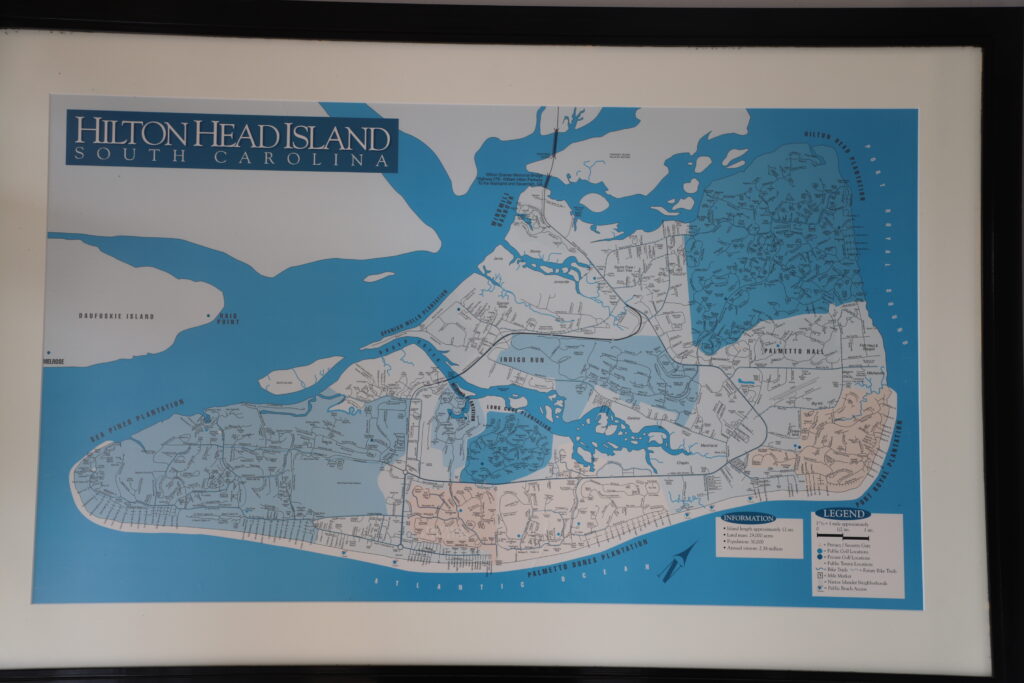
Hilton Head Airbnb – We had booked to stay in an Airbnb for a couple of days. The location of the Airbnb was perfect, overlooking the Atlantic Ocean. We spent the mornings having breakfast on the balcony and the evenings walking on the pristine beach and watching sunset.
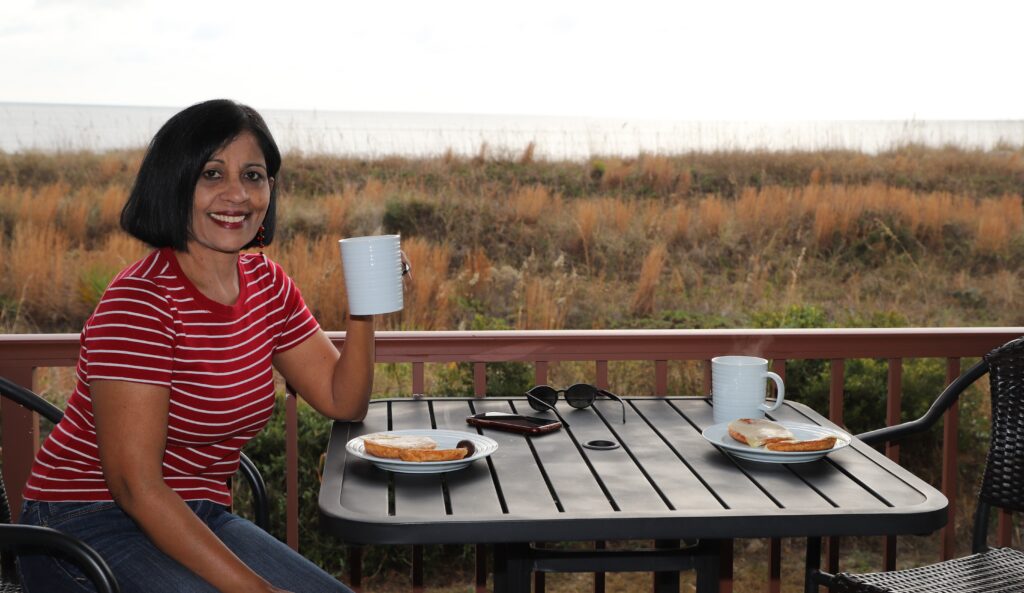
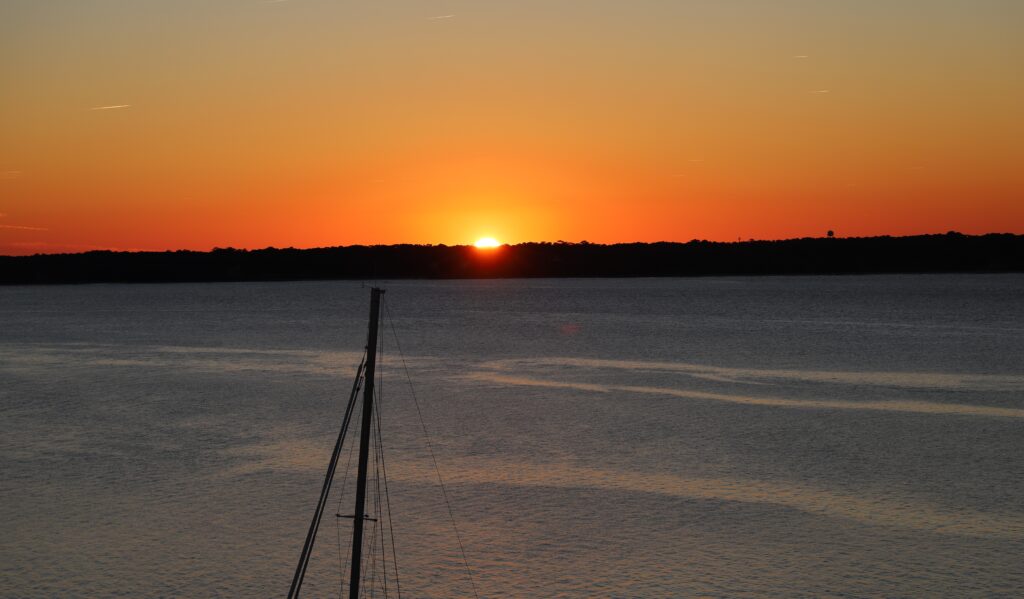
Harbor Town Lighthouse – Building of Harbor Town Lighthouse was started in 1969 by Charles Fraser and completed in 1970. It is an octagonal column with a red observation deck or gallery below the lantern. The lighthouse stands at a height of 93feet(28m). Its distinctive, alternating red and white bands helps its visibility during day time.
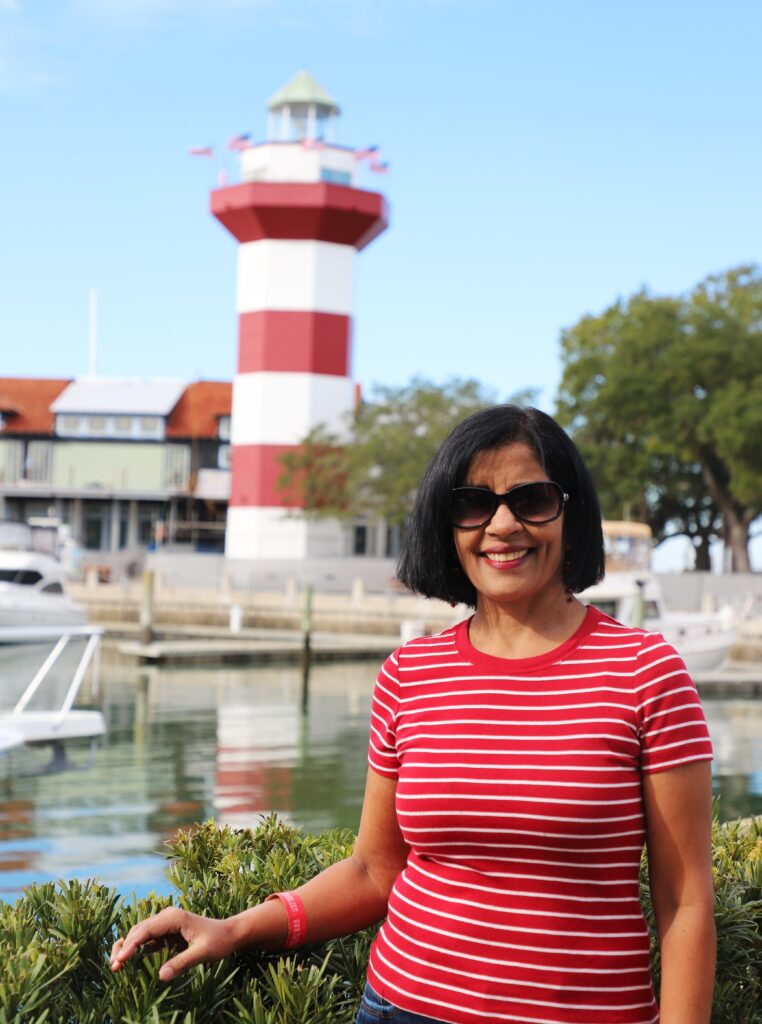
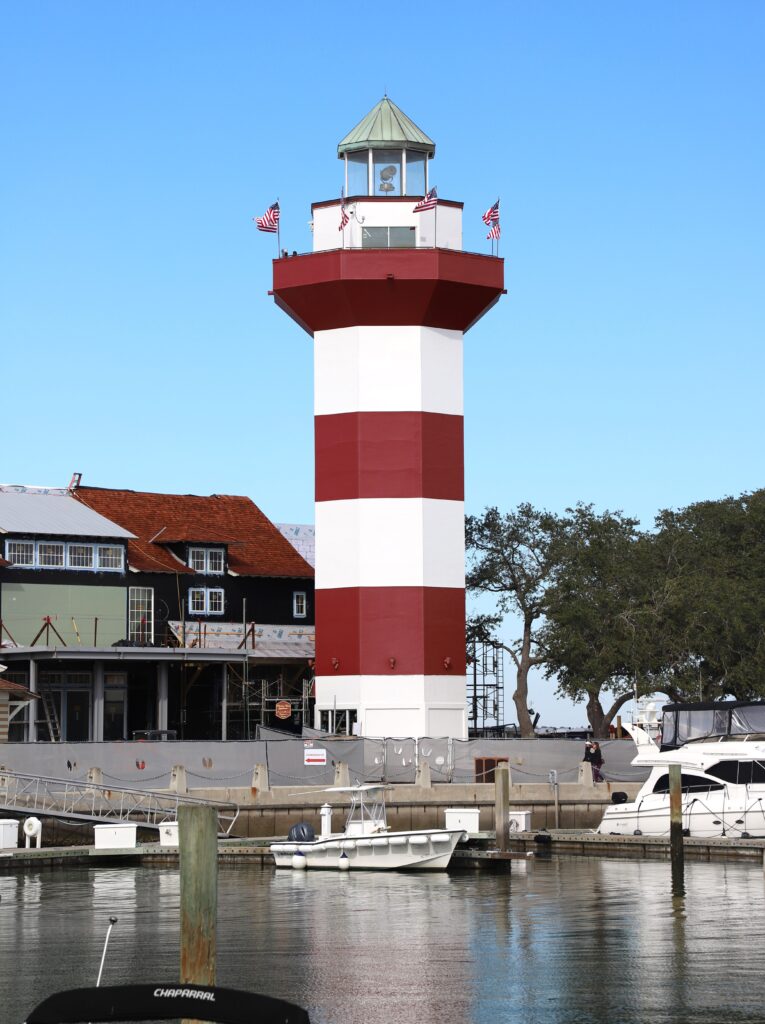
The lighthouse was privately built as part of Harbor Town Marina and Sea Pines Plantation. It is open for the public to climb for a small fee. As you climb up towards the viewing platform, you will go past a number of interesting exhibits. Highlights include displays of historic photos and artifacts related to the island’s history as well as former world #1 Tennis player Stan Smith’s shoes. Stan Smith lived in Hilton Head for many years
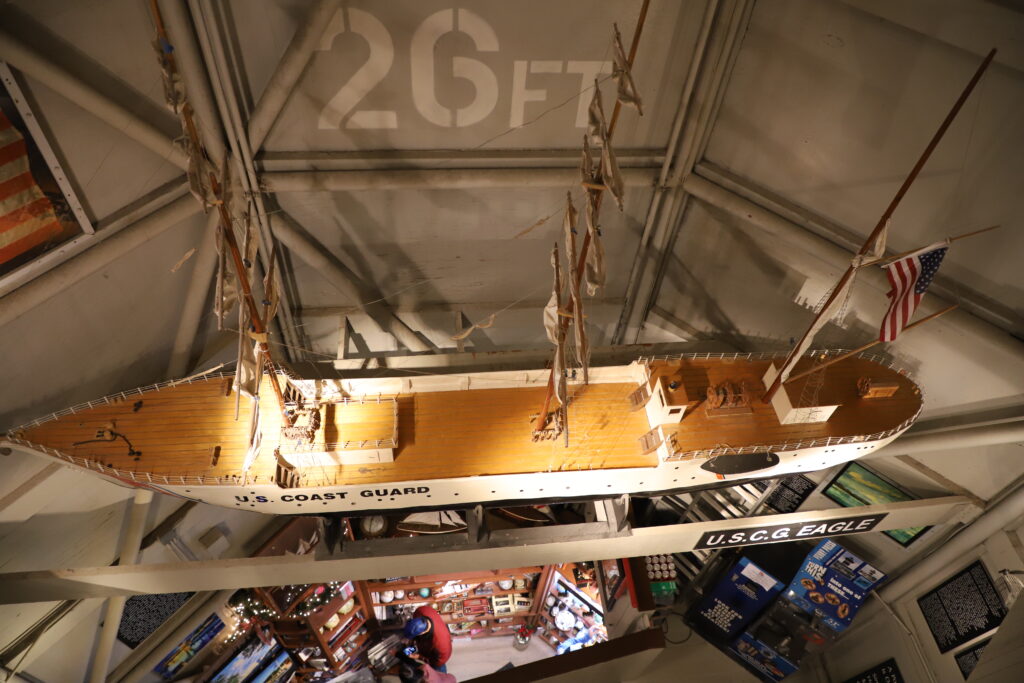

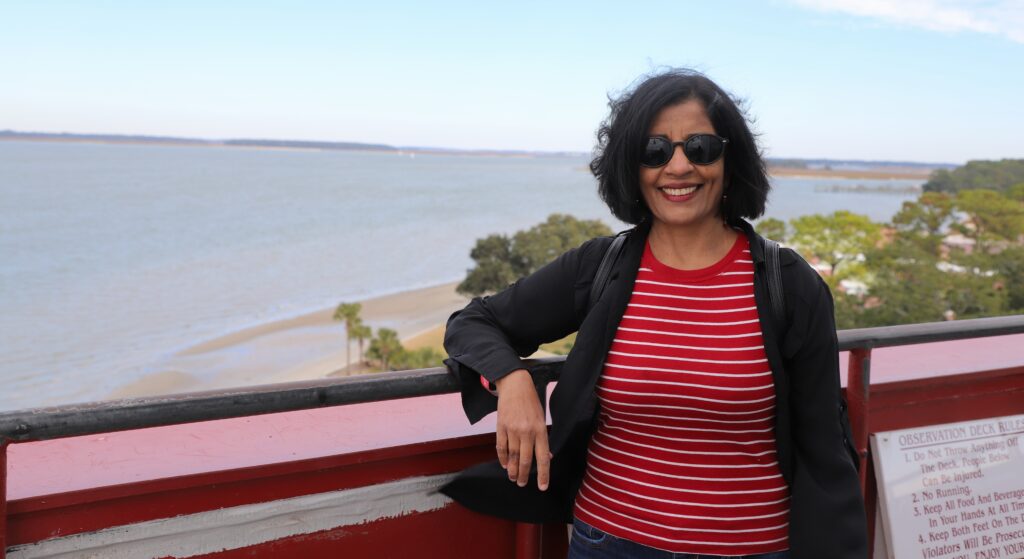
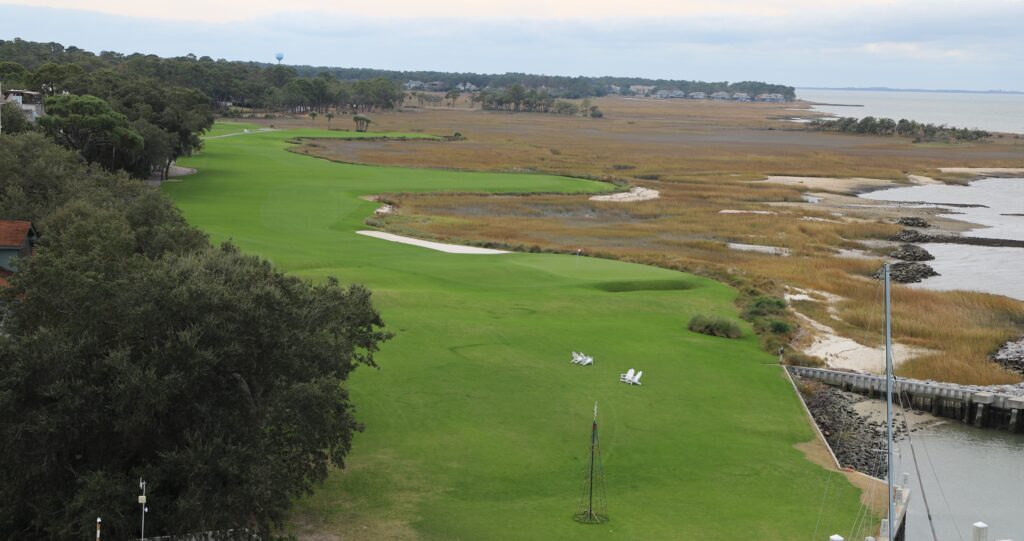
Stoney Baynard Plantation Ruins – This historic site consists of the remains of one of the former grand plantations that once dotted the island. Captain Jack Stoney, a successful Sea Island Cotton plantation owner, built the mansion in 1790 and raised four children with his wife, Catherine. When the Union forces invaded Hilton Head Island in 1861, the Baynards evacuated the property. The residence was raided and served as Union headquarters during the Civil War before being burned.
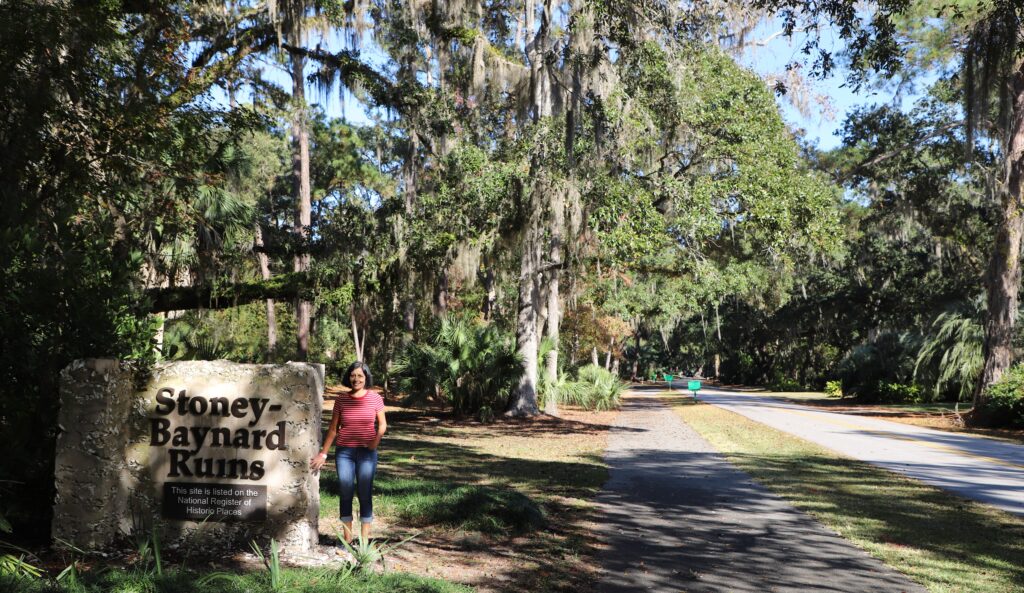
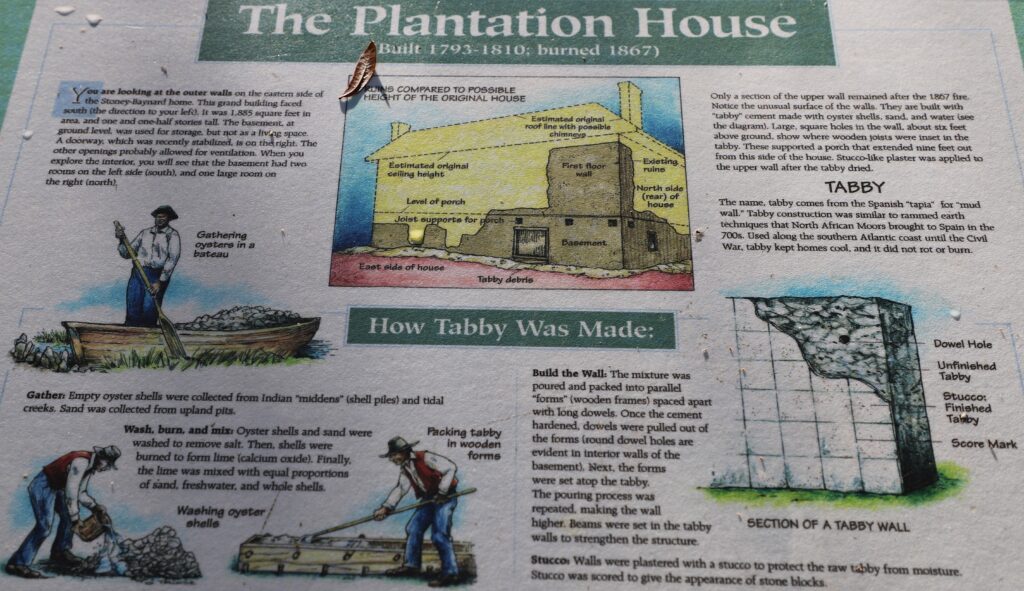
The site consists of a series of four ruins. A main house, an overseer’s house, and a slave house, associated with the Stoney-Baynard Plantation, date from the first decade of the nineteenth century. A fourth structure was associated with the site’s occupation by Union pickets during the Civil War.
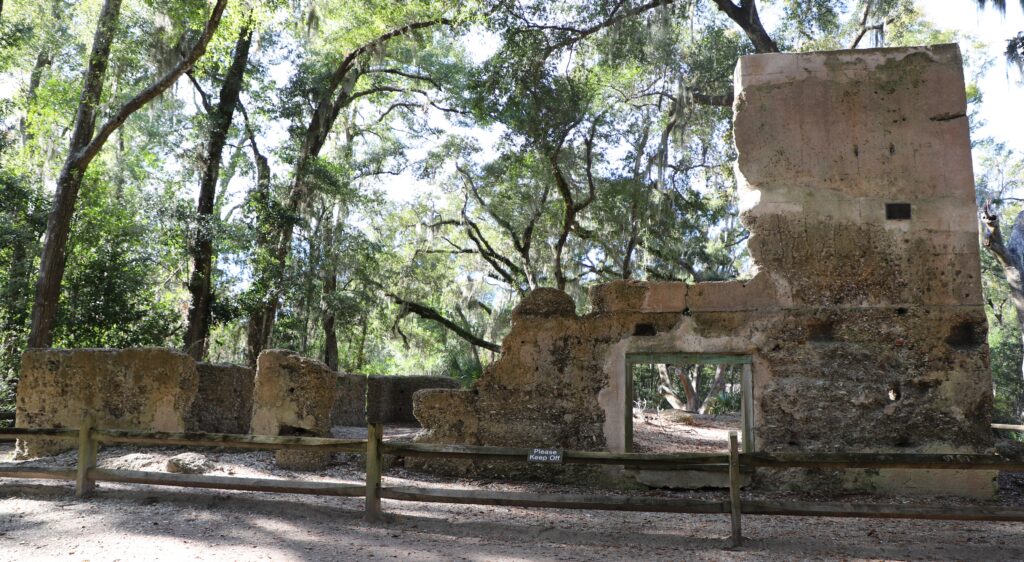
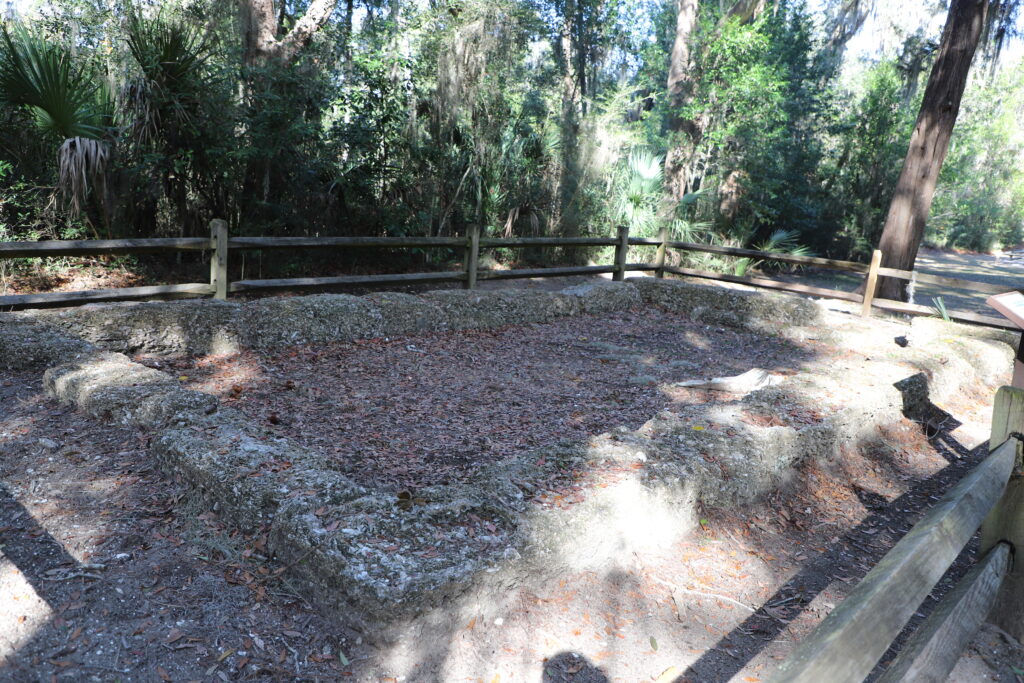
Over the years, some visitors claim to have seen the ghost of William Baynard. Some say they’ve seen his entire funeral procession, wandering the site after dark.